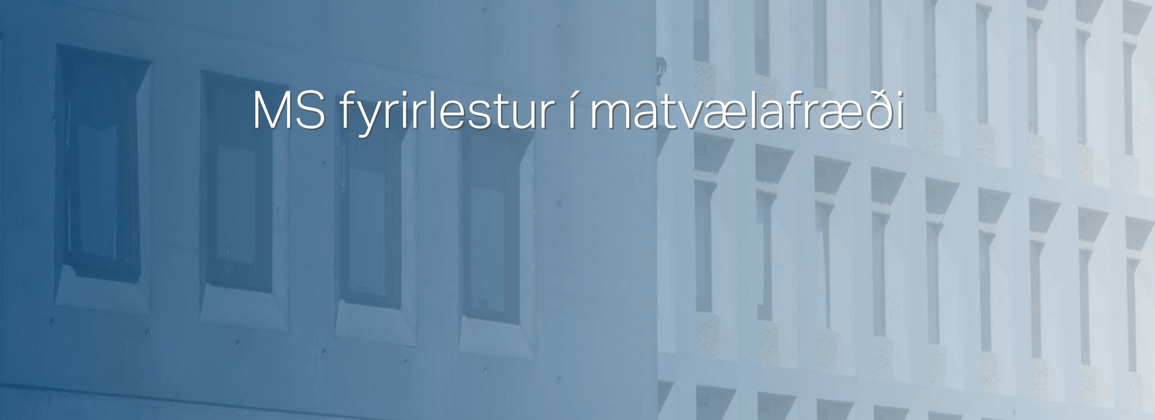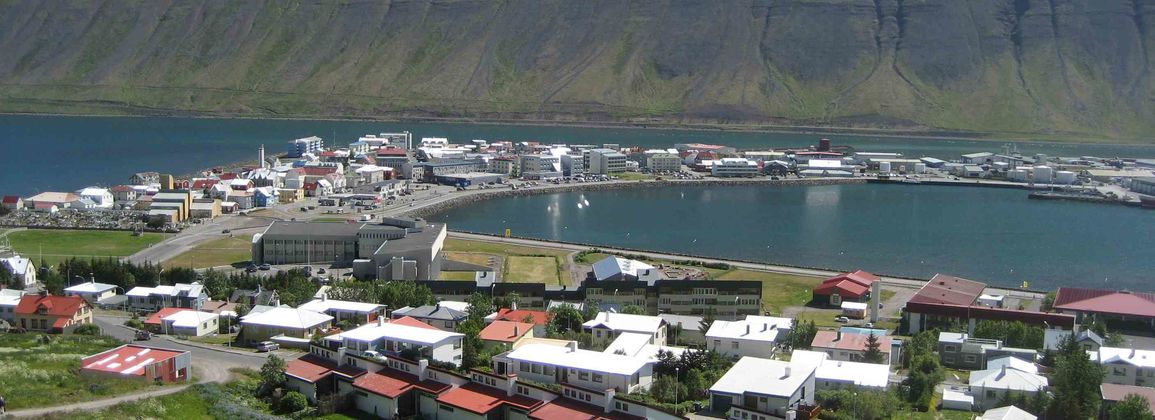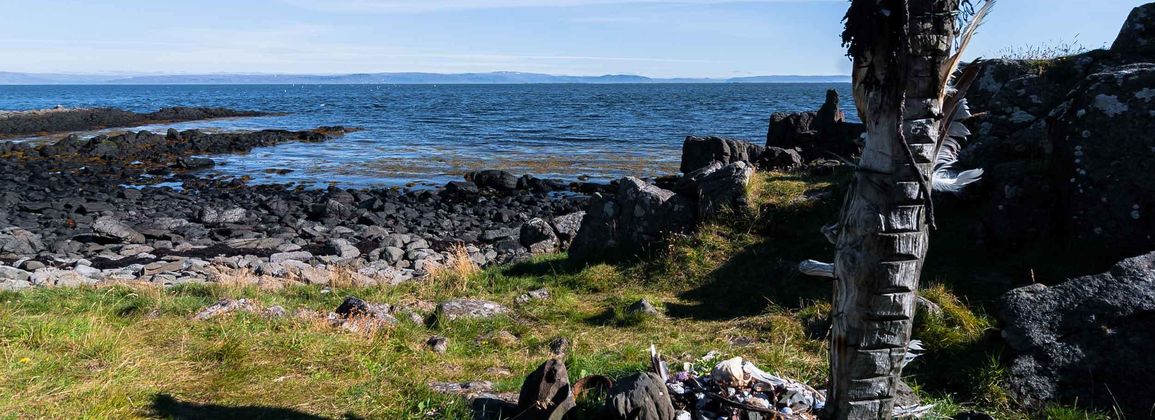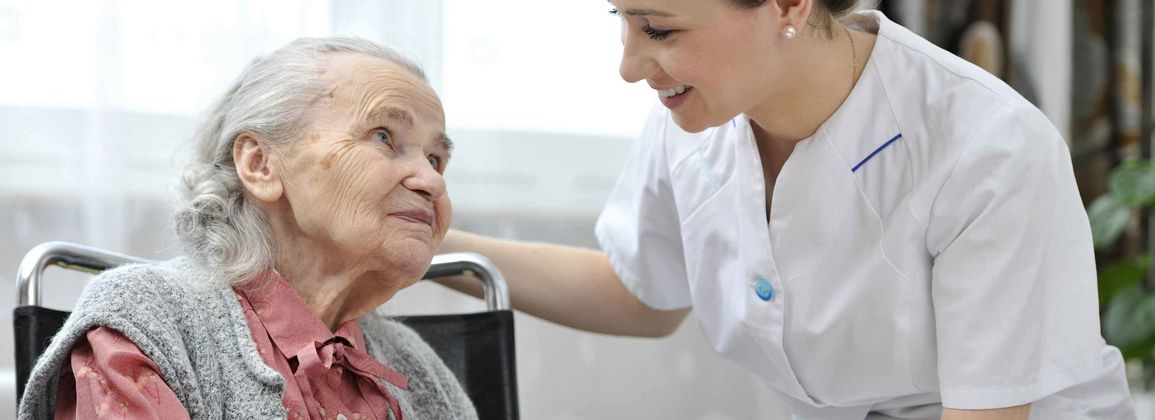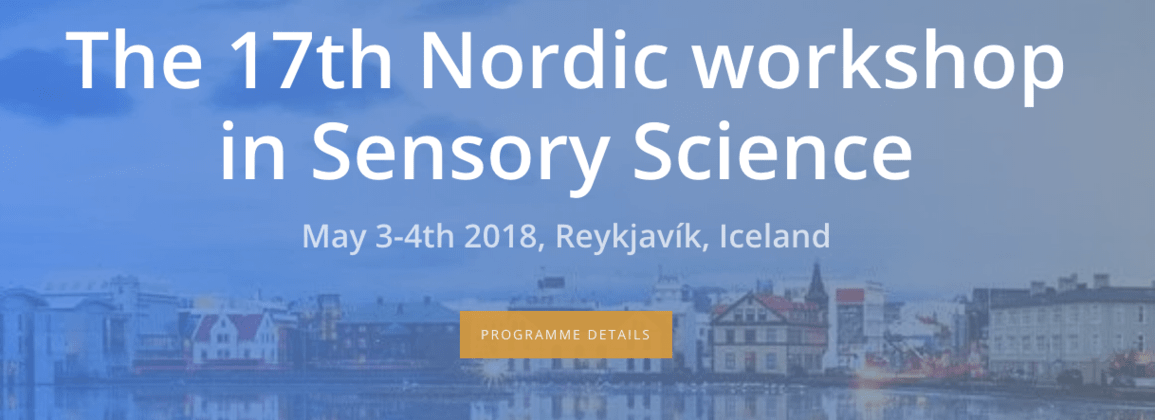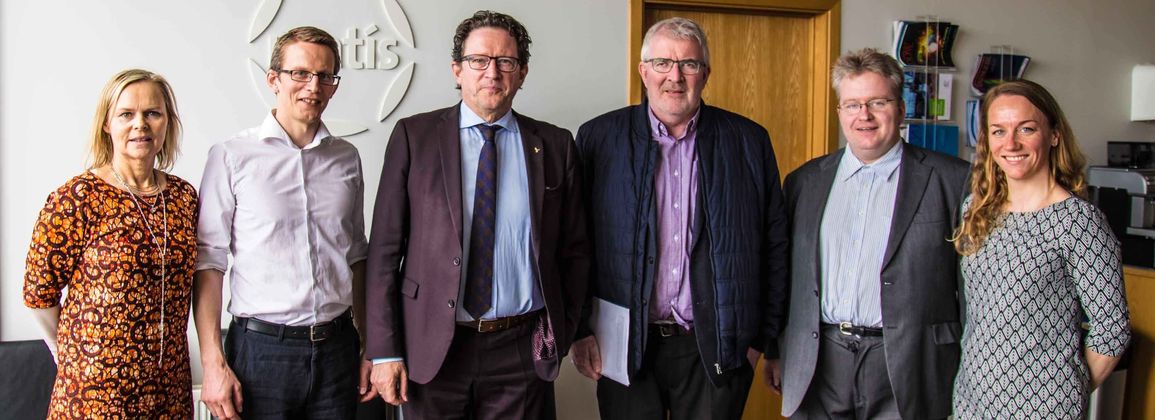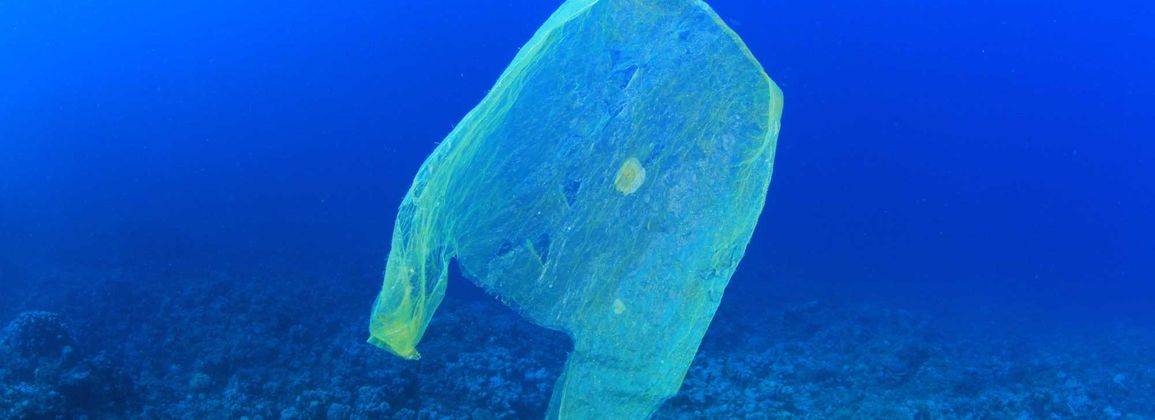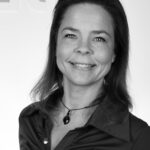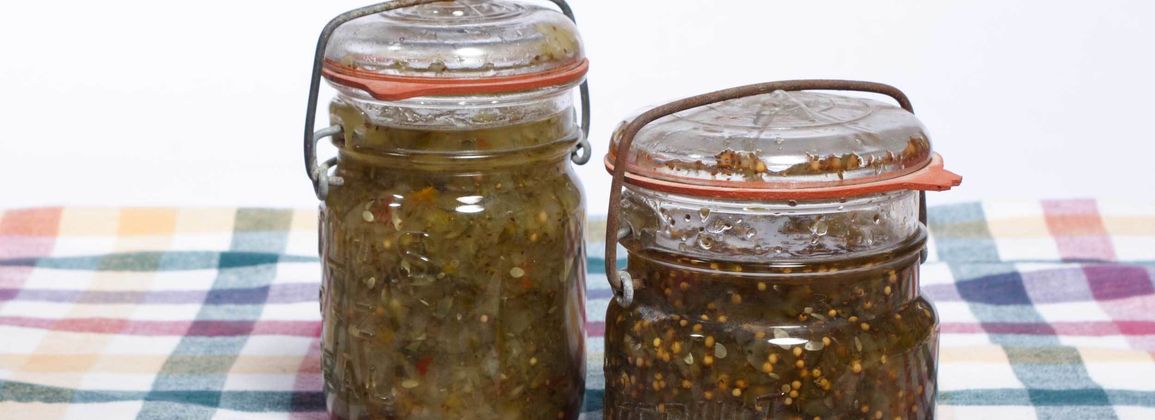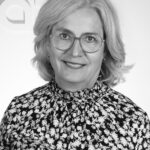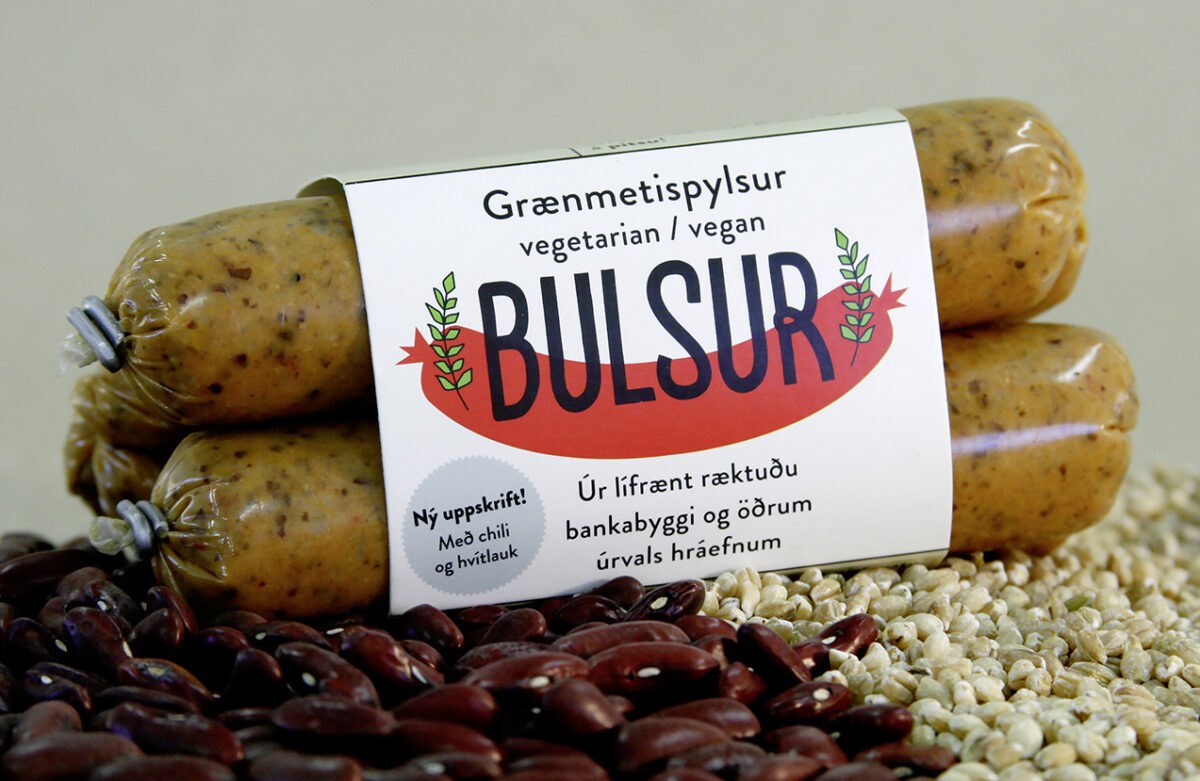The Minister of Fisheries and Agriculture started the summer well and used the first working day of the summer to visit Matís.
On Friday 20 April, Kristján Þór Júlíusson, Minister of Fisheries and Agriculture, visited Matís. The Minister, together with Jóhann Guðmundsson, Office Manager of Fisheries and Aquaculture, was introduced to the company's operations and policy with examples of the impact of the investment that has been made in food research in Iceland in recent years. Special attention was paid to developments in connection with the fisheries sector. Developments in recent years in the fisheries sector were placed in the context of opportunities for increased value creation in agriculture, on the basis of food security, which has a direct impact on the country's settlements.
During the Minister's brief inspection of Matís 'facilities, he met Matís' busy employees, students who are participants in the Ecotrophelia innovation competition for eco-friendly food. At the Bridge between the business community and the scientific community, the Minister visited the employees of Margildi and Lava Seafood, who rent facilities from Matís. While the Minister was visiting Matís 'premises, an examination in food and nutrition chemistry took place at the University of Iceland at Brún at Matís' premises. The Minister also inspected Matís' chemical measuring facilities and was introduced to the role and competence of staff and measuring equipment. Finally, the Minister examined Matís' research infrastructure in the field of genetics.
During the visit, Kristján Þór gathered information about innovation in the fisheries sector, which will hopefully be useful in the coming days, for example at the fisheries exhibition in Brussels, which runs from 24 to 26 April, as well as for a longer period, as there are many opportunities to promote the development of new products and increased value creation in food production through permanent innovation.
Photo with news
From left: Anna Kristín Daníelsdóttir division manager, Sveinn Margeirsson CEO, Kristján Þór Júlíusson minister, Jóhann Guðmundsson office manager, Arnljótur Bjarki Bergsson division manager, Hrönn Ólína Jörundsdóttir division manager.

